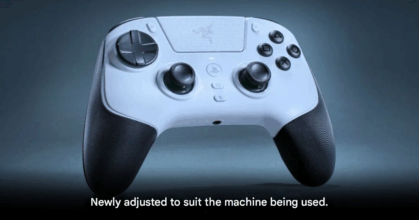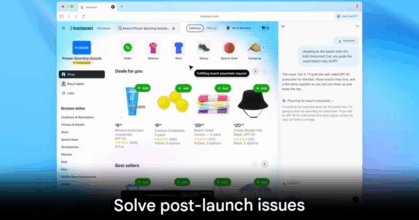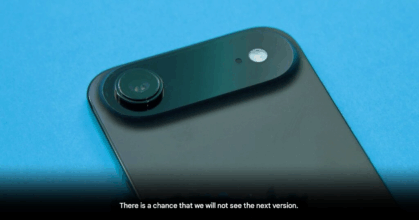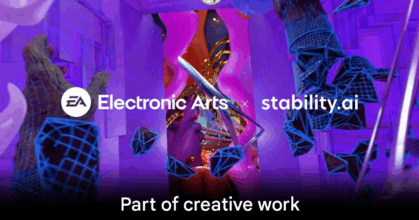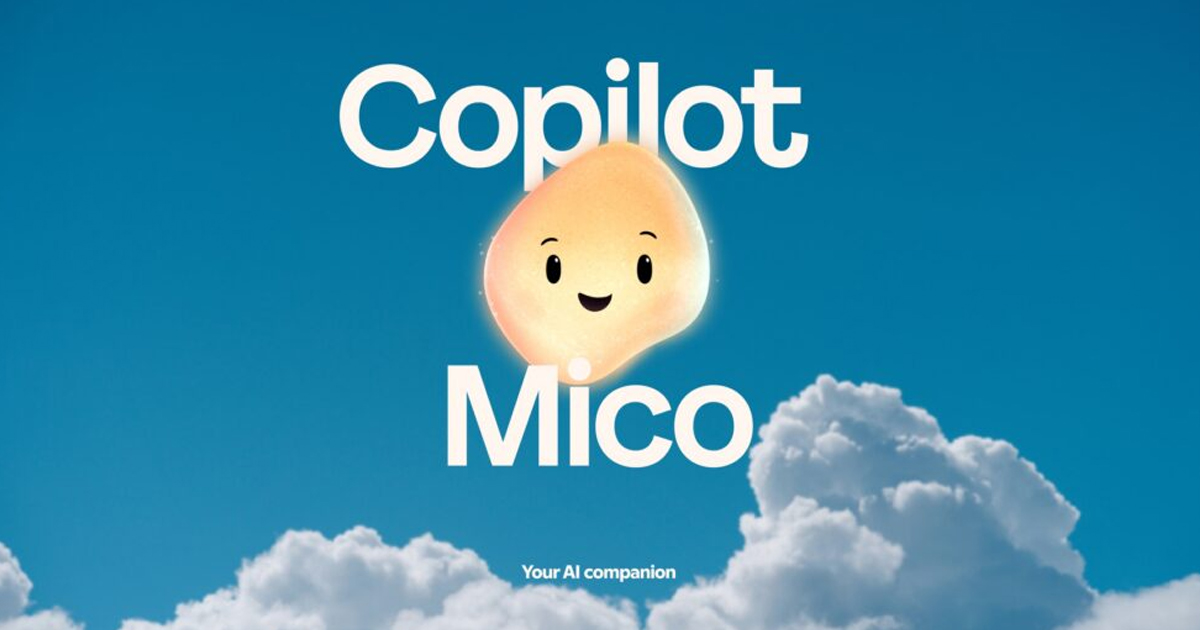
Microsoft Unveils Mico: A Human-Centered Animated AI
Microsoft is introducing an animated character to embody its Copilot virtual assistant. The new companion, named Mico (pronounced MEE’koh), is a floating cartoon face. It is shaped like a blob or flame. This marks the company’s newest effort to make AI feel more human-centered.
The design philosophy behind Mico seeks to balance approachability with utility. The assistant is intended to feel friendly without becoming obtrusive or overly chatty. Mico is meant to provide an emotional connection for users. The floating face changes color and expression based on the conversation. For instance, Mico’s face will change when a user discusses a sad topic. It can also dance around when it detects excitement. Users can easily shut the character off when it is not needed.
Learning from the Past: The Spirit of Clippy
The arrival of Mico is a deliberate nod to Microsoft’s past. The new assistant is seen as a modern successor to the infamous ’90s Office Assistant, Clippy. Clippy, the animated paperclip, was often criticized for its persistence. The old assistant would constantly offer unsolicited advice.
Conversely, Mico is built on modern AI technology. It is far more advanced than the simple Bayesian algorithms of its predecessor. Developers designed Mico to be genuinely useful and non-interruptive. It can adapt to user needs and context. This aims to avoid the widespread backlash that the original paperclip generated. The company is seeking to embed an AI companion that users will feel comfortable with.
New Features and Global Potential
The new character supports voice-driven interactions. Users can speak directly to Mico on laptops and phone apps. This update also includes a new feature to help students. It can turn Copilot into a voice-enabled, Socratic tutor. This guides students through various academic concepts. Microsoft is also testing a new option. This feature allows users to invite Copilot into group chats for better collaboration.
Mico is currently rolling out to users in the United States. Its introduction is part of a wider strategy. Microsoft continues to inject more personality and emotional intelligence into its AI. This shift is critical as AI adoption grows rapidly across markets like Southeast Asia. The company is preparing its AI products for a global audience that values intuitive and supportive technology.
origin: Arstechnica

